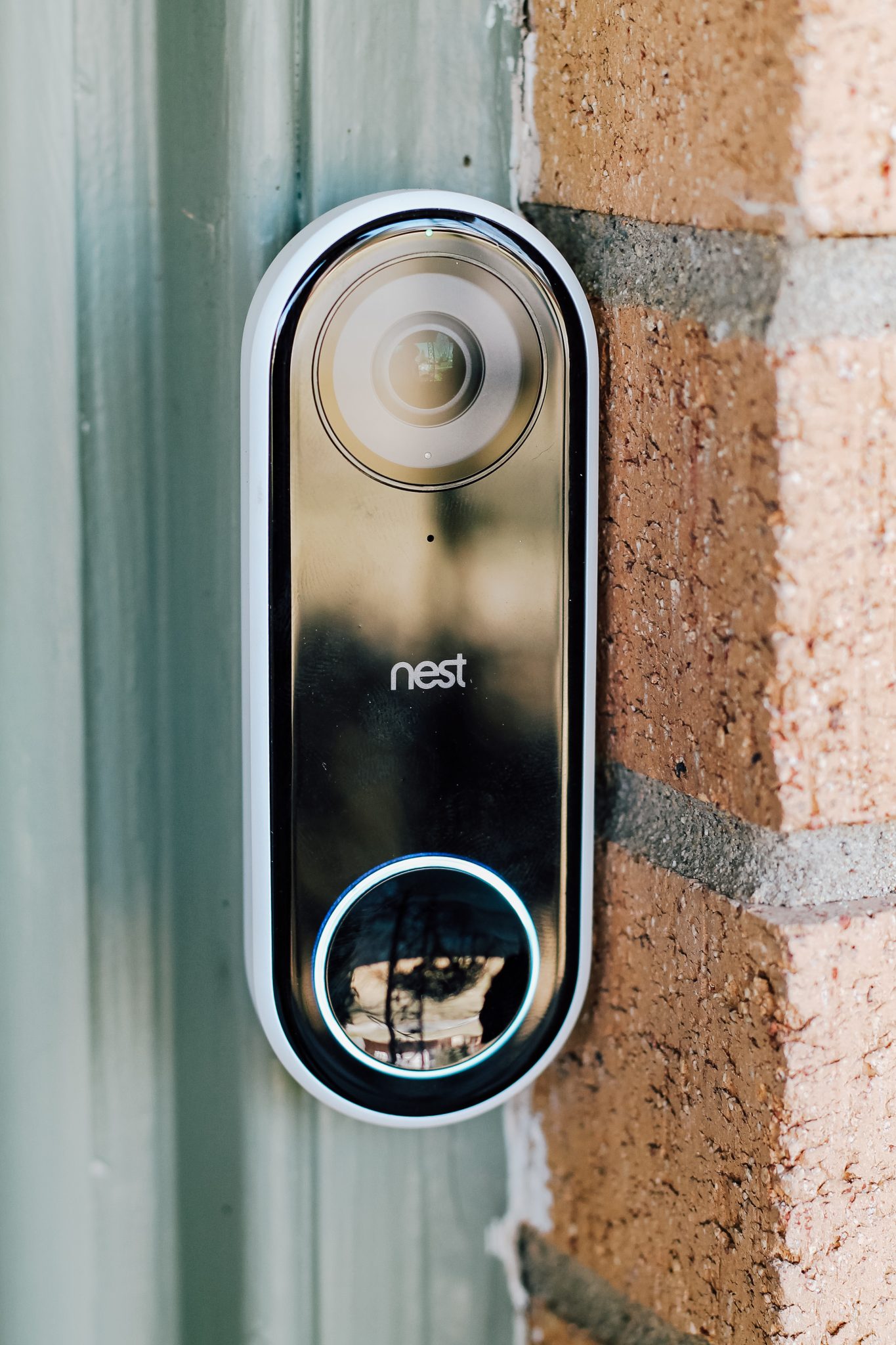Table of Content
You’ll always be able to lock and unlock the deadbolt from inside even if the power is out or the Wi-Fi goes down. Keys are one of the weakest links in lock security. And as long someone has your key, they have access to your home.

Once they're available though, you'll have quite a few tricks up your sleeve, including auto-lock, DoorSense, and more. Yale's latest smart lock has a solution in mind. On Android, press, and hold the home button while on iOS, launch the App Store, and install the Google Assistant app. Launch it and tap on the Explore icon and select Settings. Click on the Assistant tab, and select ‘Home Control’.
Yale Assure Lock 2
Still, despite some shortcomings, I'm pretty happy with the Assure Lock 2. If you can sacrifice remote access for the time being, stick with the Bluetooth-only model for now. If you're looking for something more affordable, the Wyze Lock continues to be our budget pick. It also utilizes your existing hardware for a far lower price than August or Yale. For around $130, you still get auto-unlock and Wi-Fi, but you'll need to pay more to add a keypad. Wyze gadgets can get a little glitchy, as our review found, so don't be surprised if the occasional hiccup hits while using the lock.

On the bottom right corner, click on ‘Add’ and select ‘Nest’ from the list. Sign in and allow it to control your Yale Lock. Download and install both Google Home and Google Assistant from the respective app stores then sign in. Click on the menu icon, navigate to the ‘Home Control’ button, and click on it. On the lower right corner of the screen, click on ‘+’ and search for ‘Nest’ from the list and then select it.
Setting Up Nest X Yale Lock
You can’t set a schedule to automatically lock and unlock the door at specific times. But you canset a schedule for any guestsso they can only unlock the door during the time you choose with the app. You can also set the lock toautomatically lock itselfafter you have left home.
To begin, open the Nest app tap Settings select Add product. If you already own a Nest product, sign into your account on the app, if you aren’t already. The Nest app requires you to scan the code in the battery compartment when you connect.
Learn about the Nest × Yale Lock before you buy
I’ll take you through the necessary steps to connect your Google Home speaker with your Yale Lock. Before you start, ensure your Nest x Yale Lock is properly set up and working properly. Next, go to the Google Play Store and download the Google Home app, it allows you to control the Yale lock via the Google Home smart speaker. On your iOS device, go to the App Store and install the same Google Home app.

Your Yale Lock should now be connected to your Google Home. Yale's instructions are easy to follow, with a simple measurement guide that makes it easy to select the correct screw set for your door. It also includes a guide for drilling into a new door or adding a deadbolt to a door that doesn't have one. Unlike other smart locks, this one doesn't reuse your current lock, so keep that in mind when you're ready to add one. I found the included latch just as long as the one already installed in my door, so don't worry too much about potential security issues here.
Check lock holes using the template in theinstallation guide. Contact our installation partner, OnTech, to help you check your system’s compatibility, install, and set up your Nest products. The Nest × Yale Lock is designed for easy DIY installation.
For example, you can quickly create specific codes for, say, a house sitter and set access schedules for guests to ensure unexpected entries in the middle of the night. Owners can also operate on set schedules, but unless you're listing your kids as owners, you're unlikely to rely on this feature with full-fledged listings. Smart home gadgets live and die by their corresponding apps, and I'm not in love with Yale's offering. It sports a fairly basic design that doesn't "feel" like Android, which can lead to some confusing placement for certain controls. Opening the app takes you to a main controls page featuring a large red or green circle, depending on the state of the lock.
Launch the App Store and search for ‘Google Assistant’ on the search bar. Tap on ‘Get’ and ‘Install’ and wait for the installation process to be complete. Once it’s completed, tap on ‘Open’ to launch the app and sign in using your Google credentials. Tap on the ‘Explore’ icon that looks like a compass on the top left corner and select ‘More’. Select ‘Settings’ on the next screen and scroll down and choose ‘Home Control’ then tap on the ‘+’ icon.

After signing in on Google Home, click the menu icon on the upper left corner of the App and go to the “Home Control” button. Remember that many smart door lock options also work with Apple HomeKit, making it even more valuable for your home. They all work with the best iPhones including the very best right now -- the iPhone 14 Pro. The latest, fourth-generation Wi-Fi Smart Lock from August features a slimmer profile, and it no longer requires the separate Connect Hub for smart home connectivity. You can also use Google Assistant to control your locks through your phone without a smart speaker.
There’s no way to revoke their access aside from changing the lock. Keyed locks are also vulnerable to lockpicking. Since the Nest × Yale Lock is keyless, it can’t be picked. Tap the Yale logo, or tap with three fingers anywhere on the keypad to quickly lock your door from the outside.


No comments:
Post a Comment